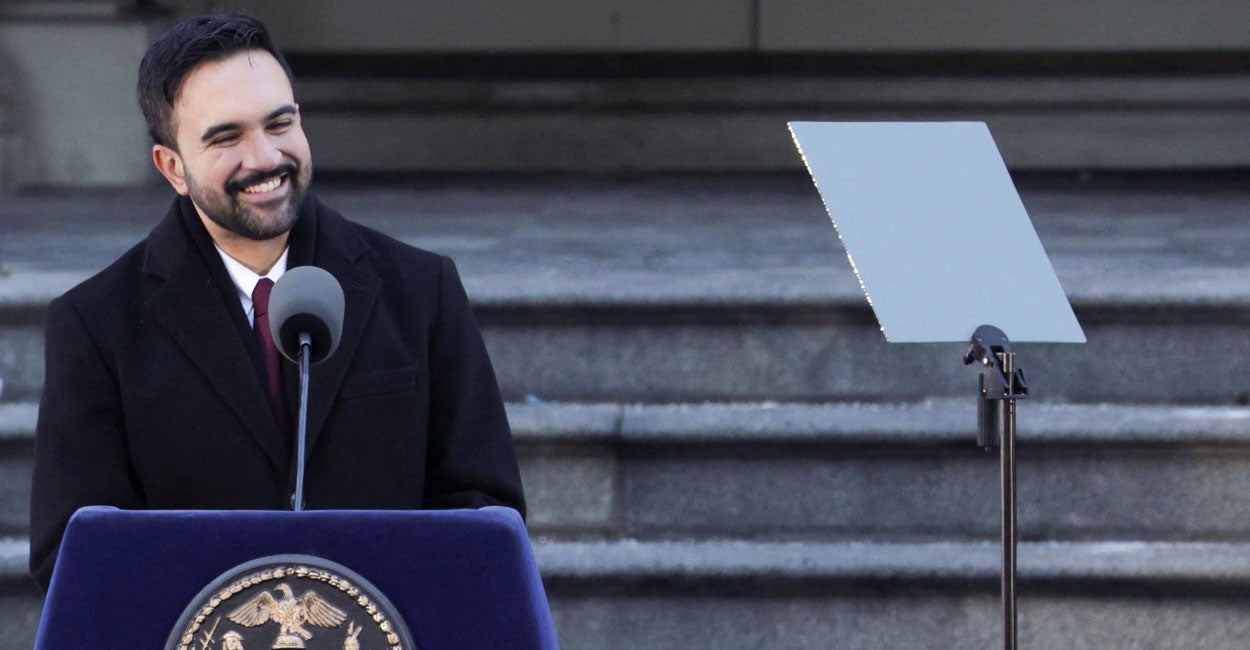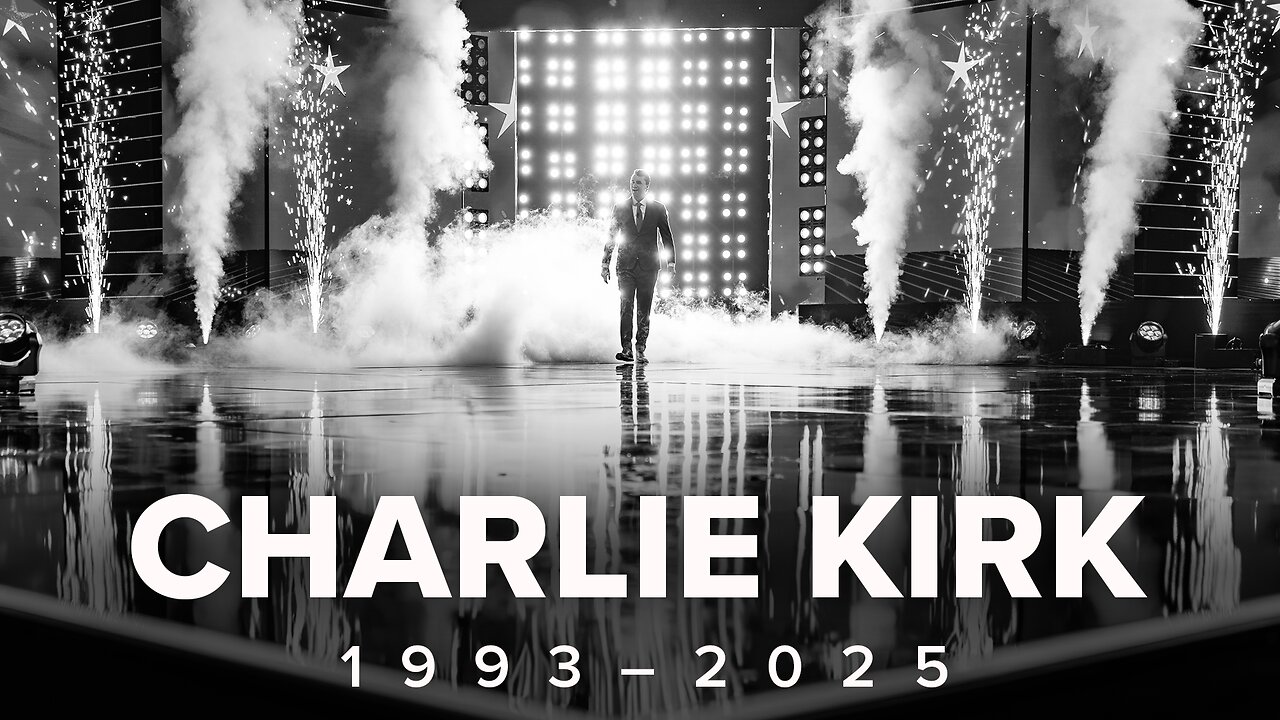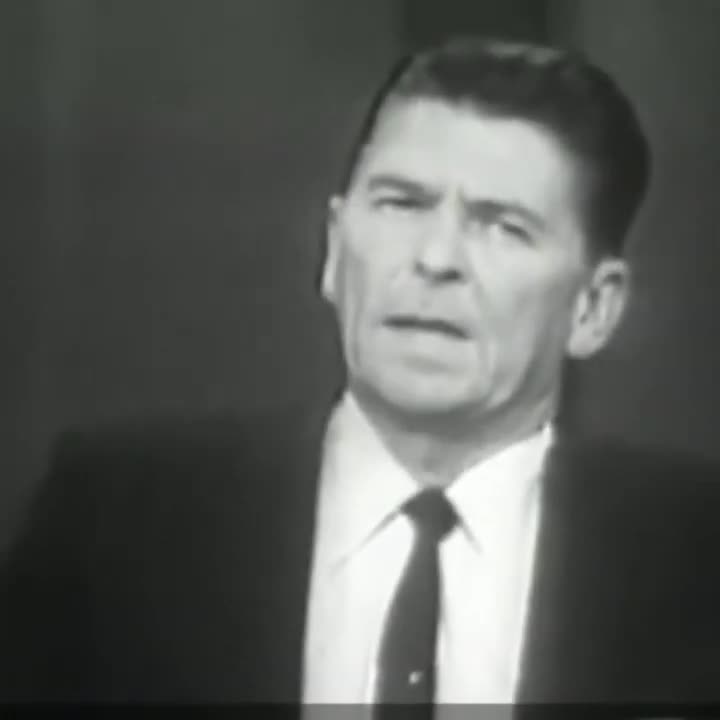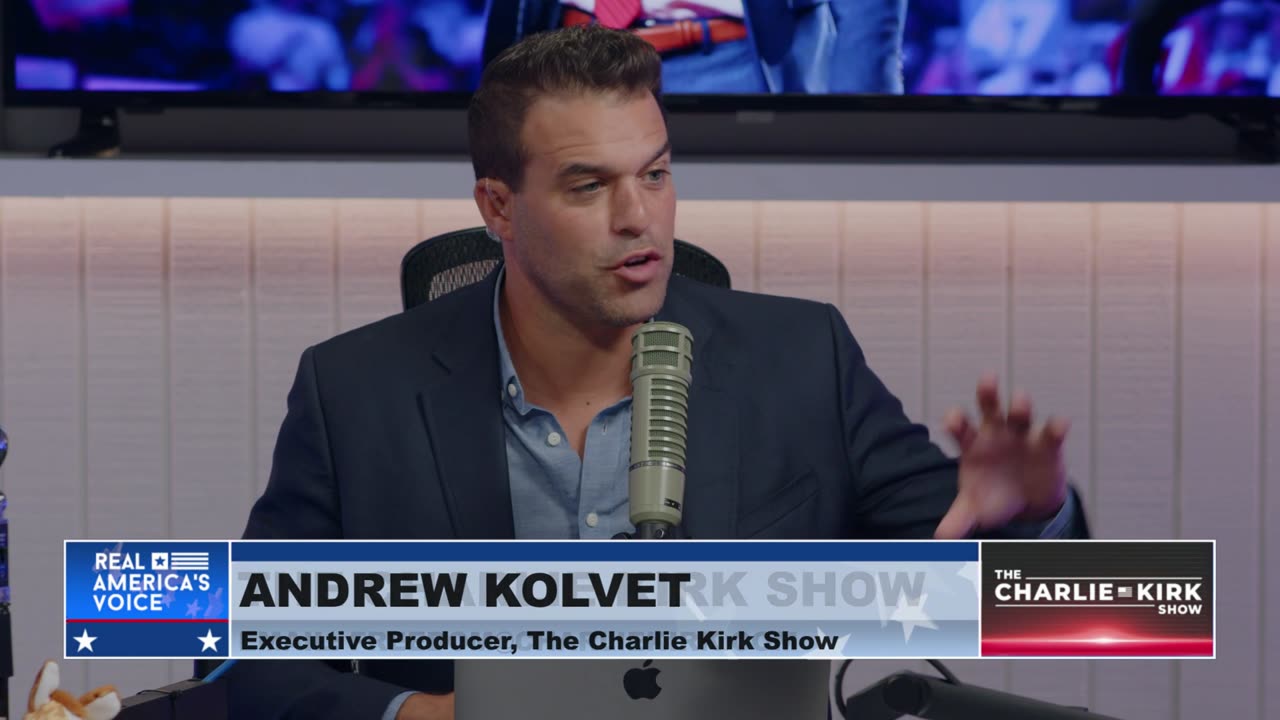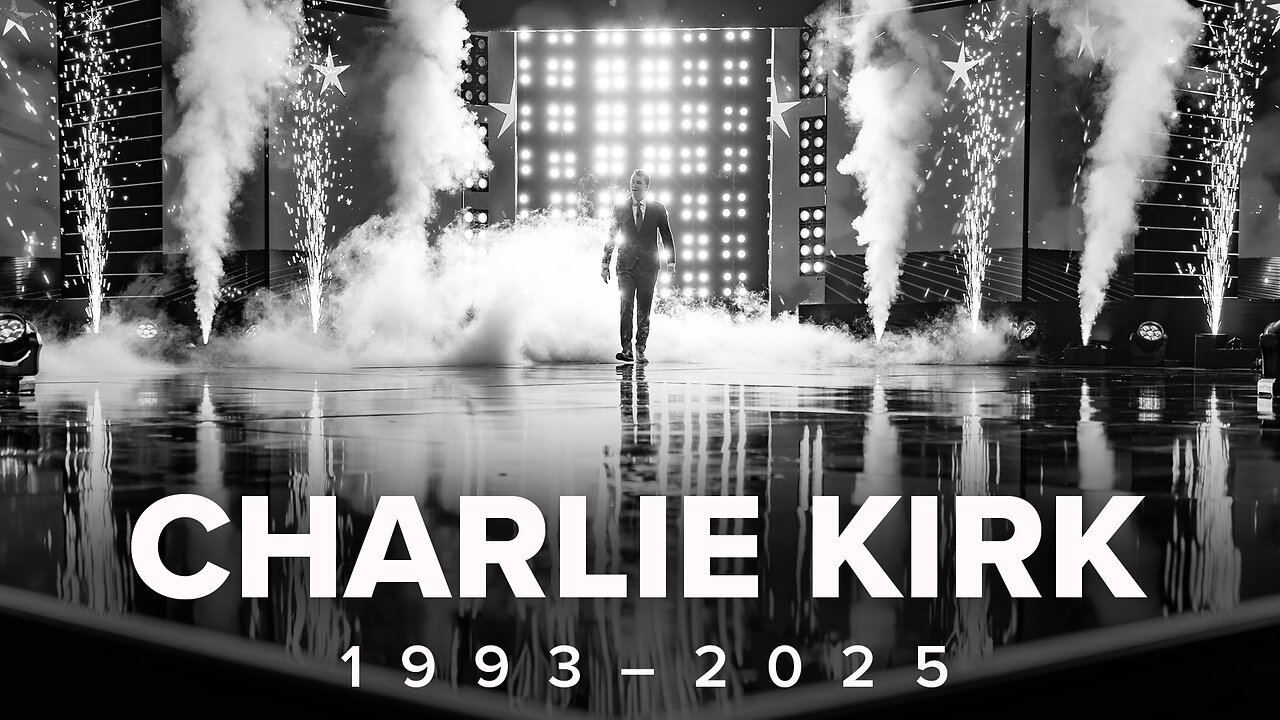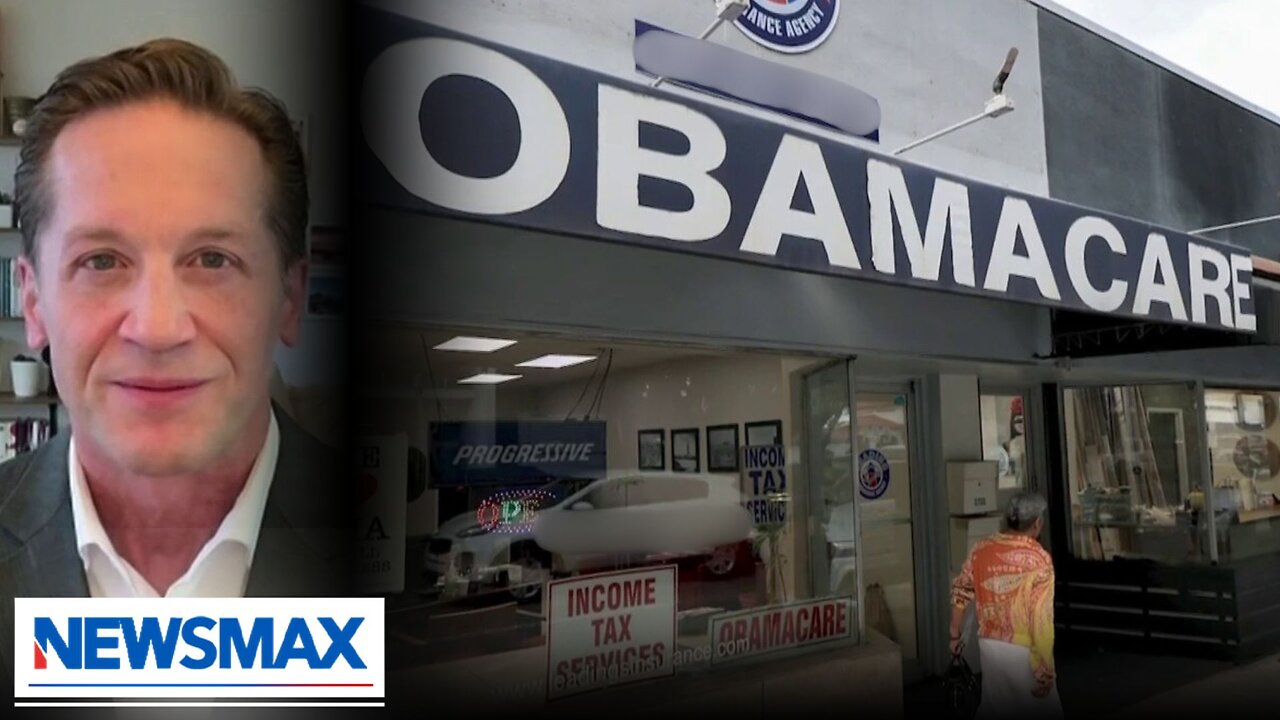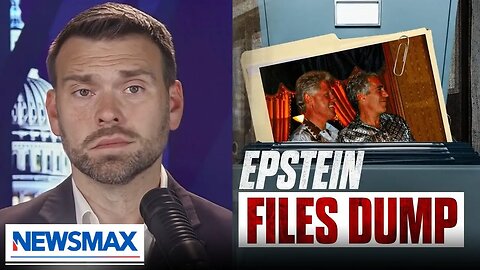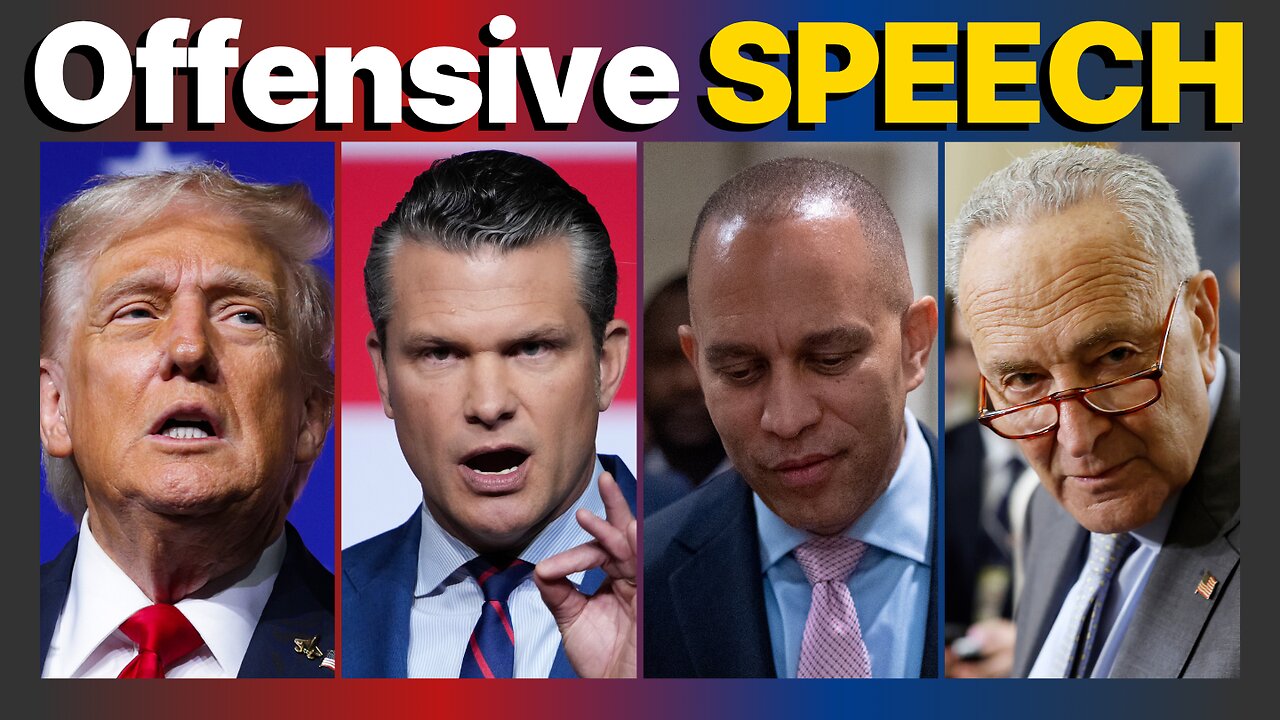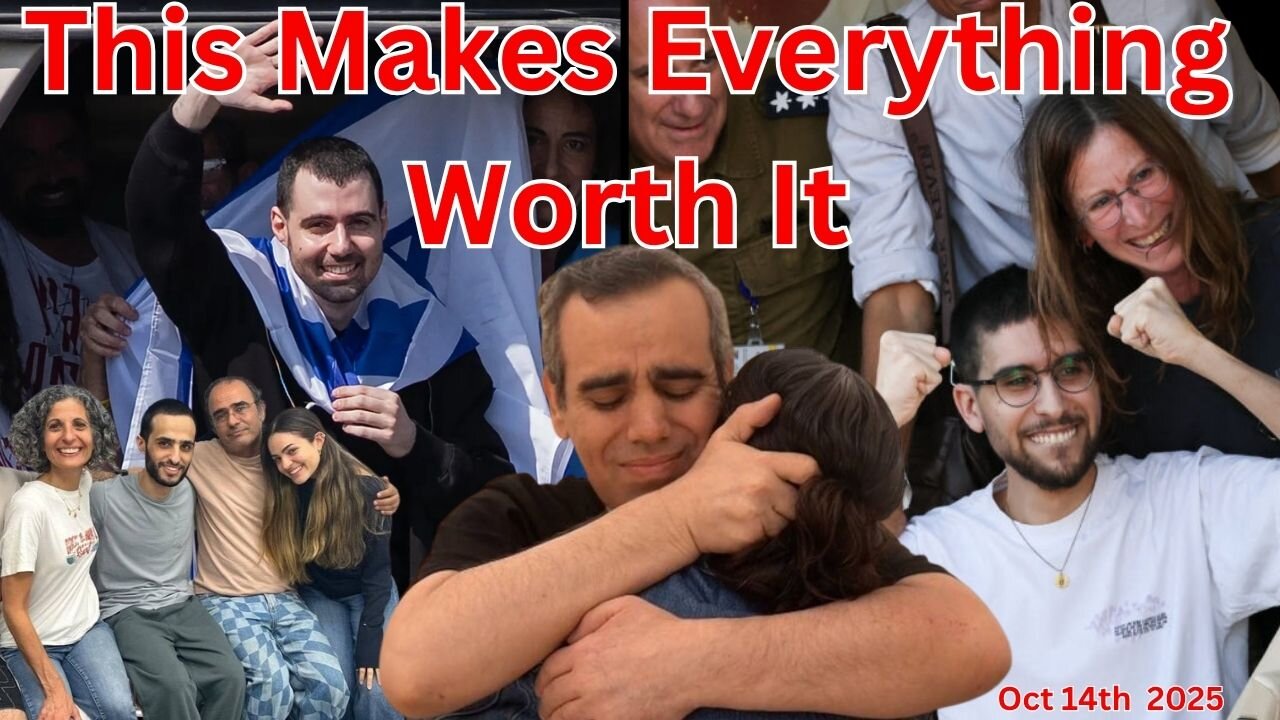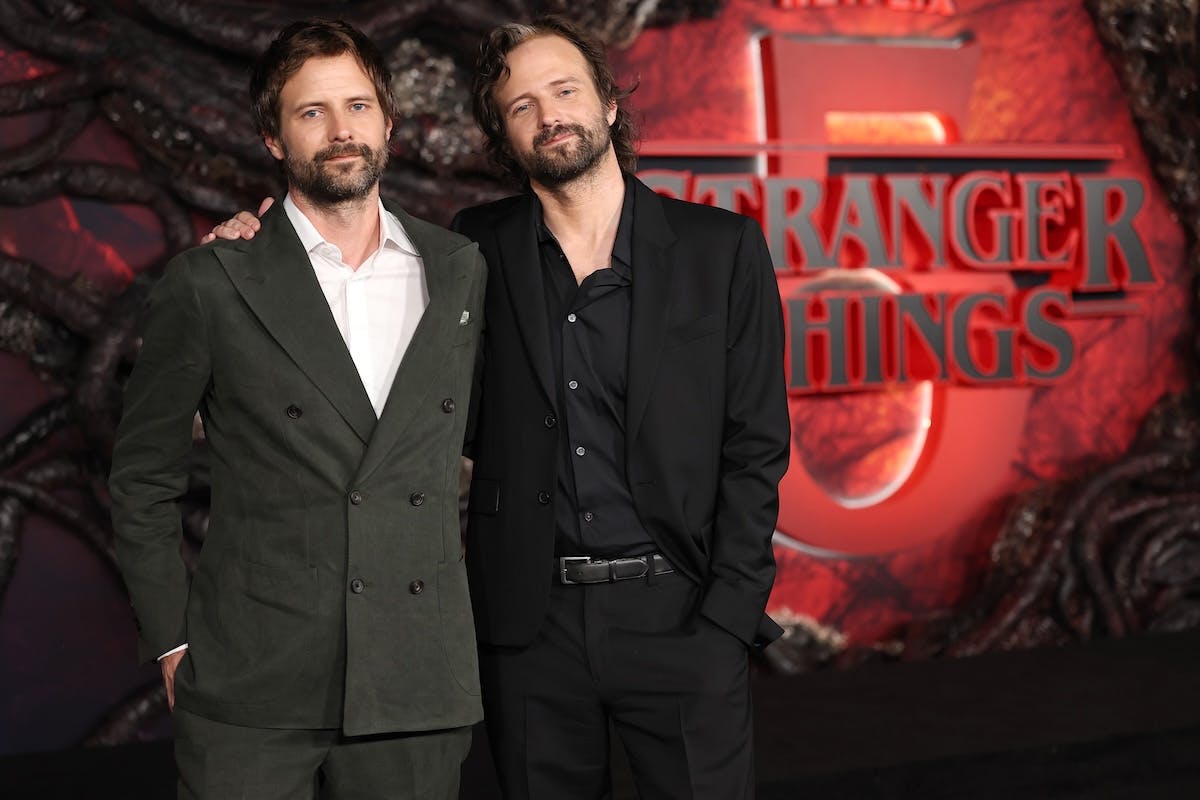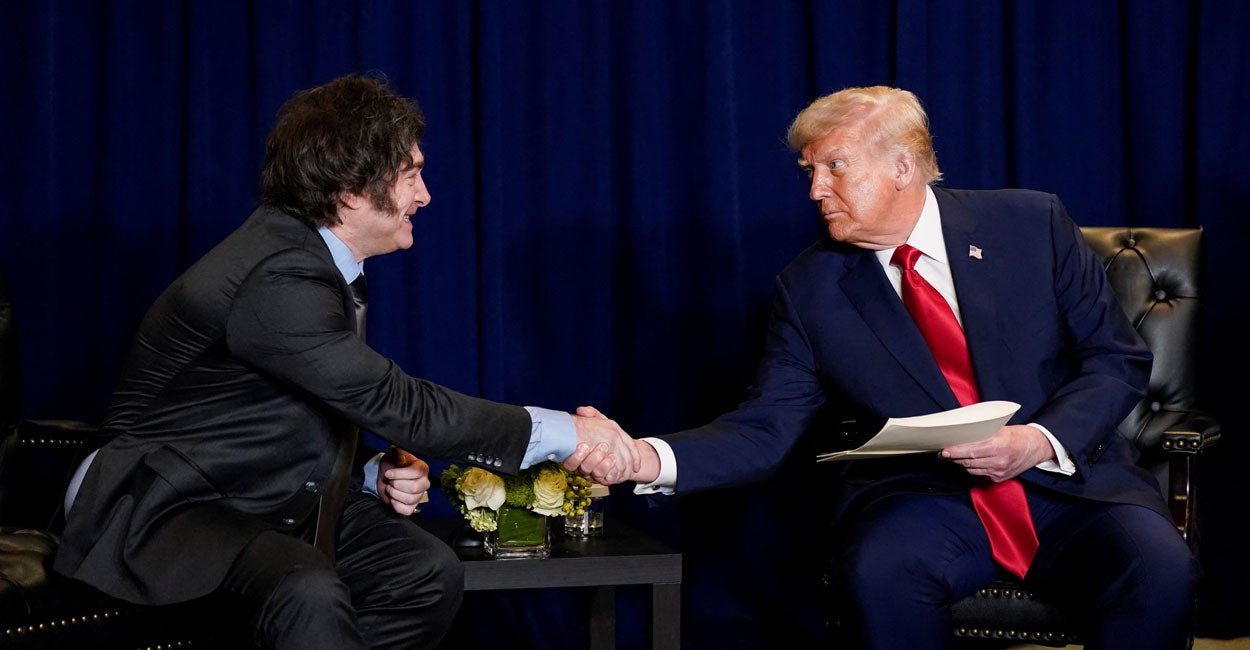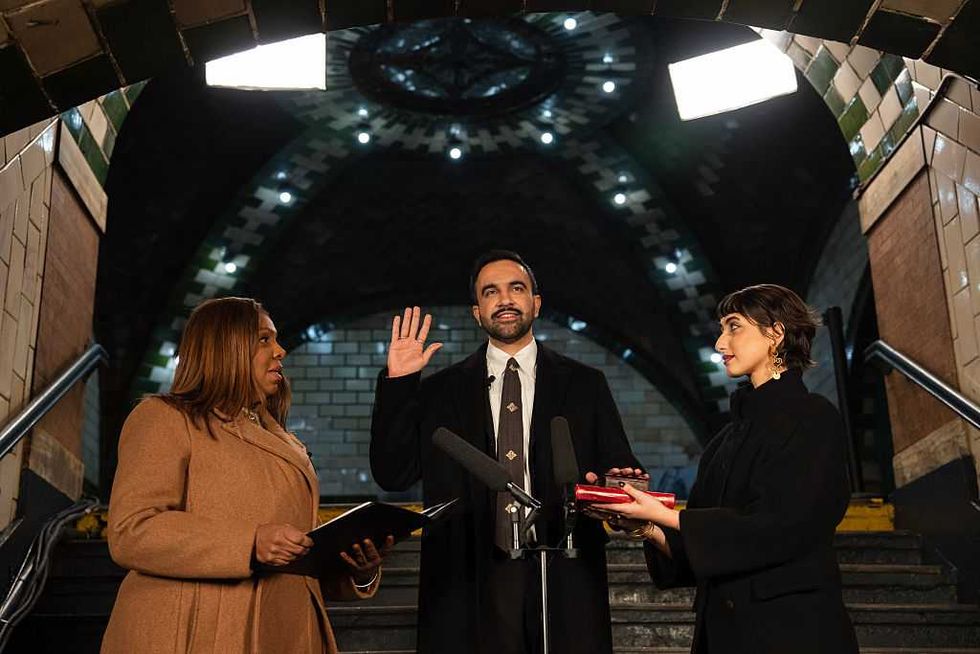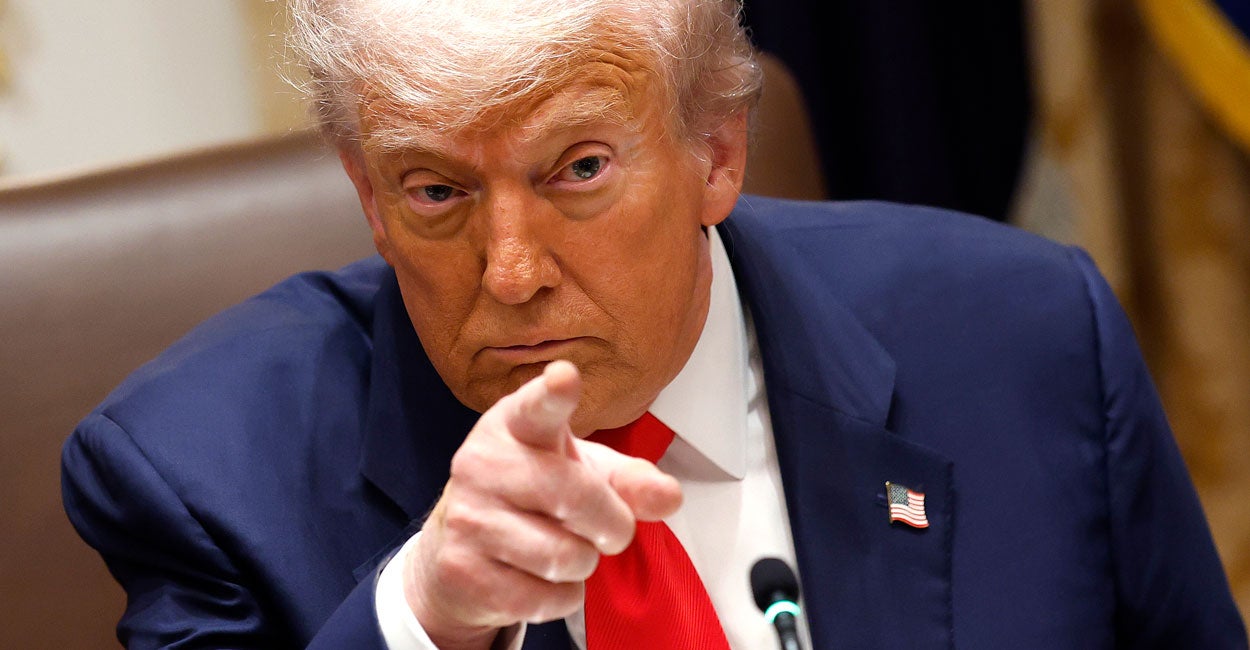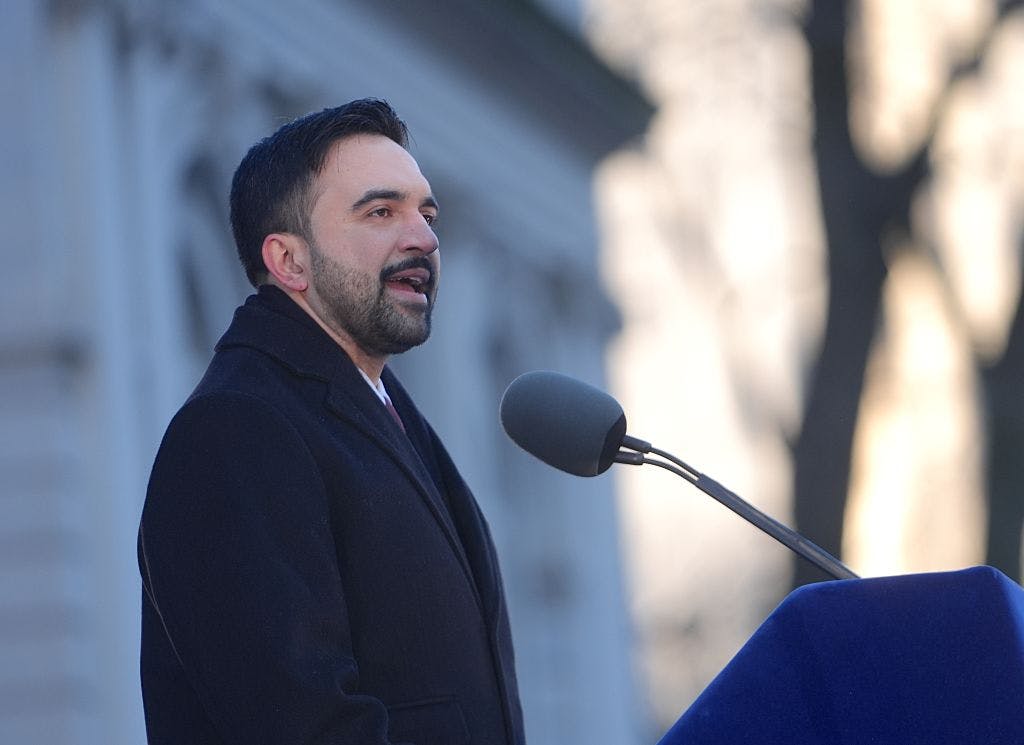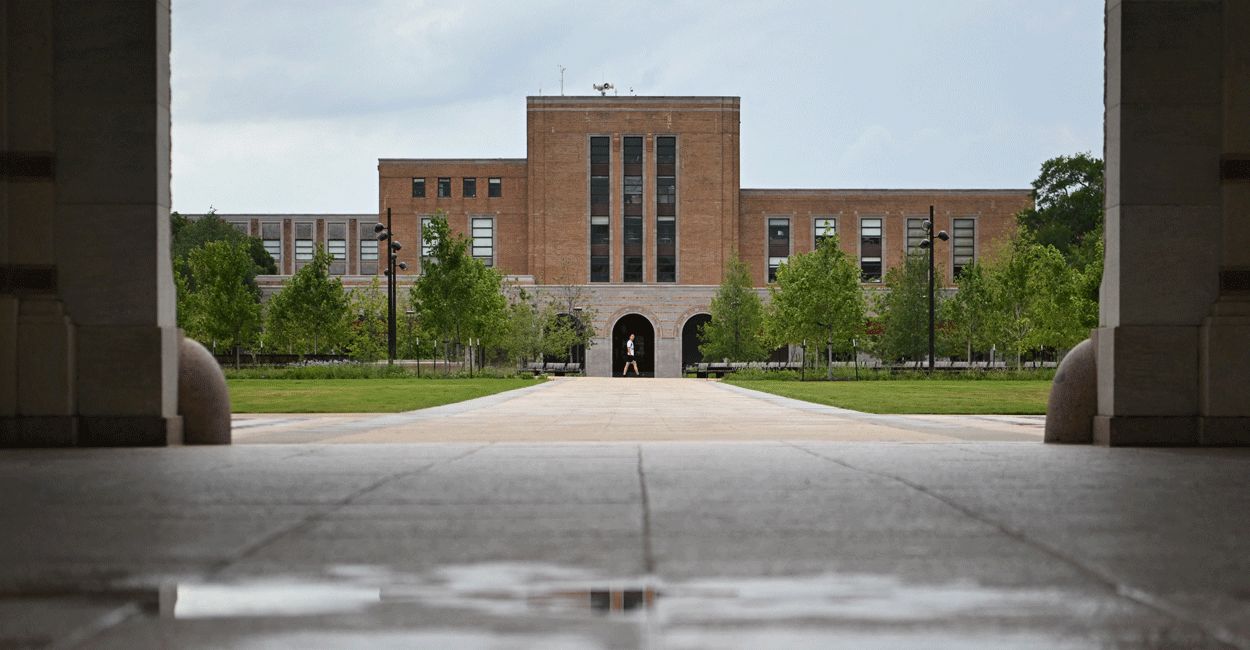Top-tier source code has breached containment. Welcome to the AI bazaar.
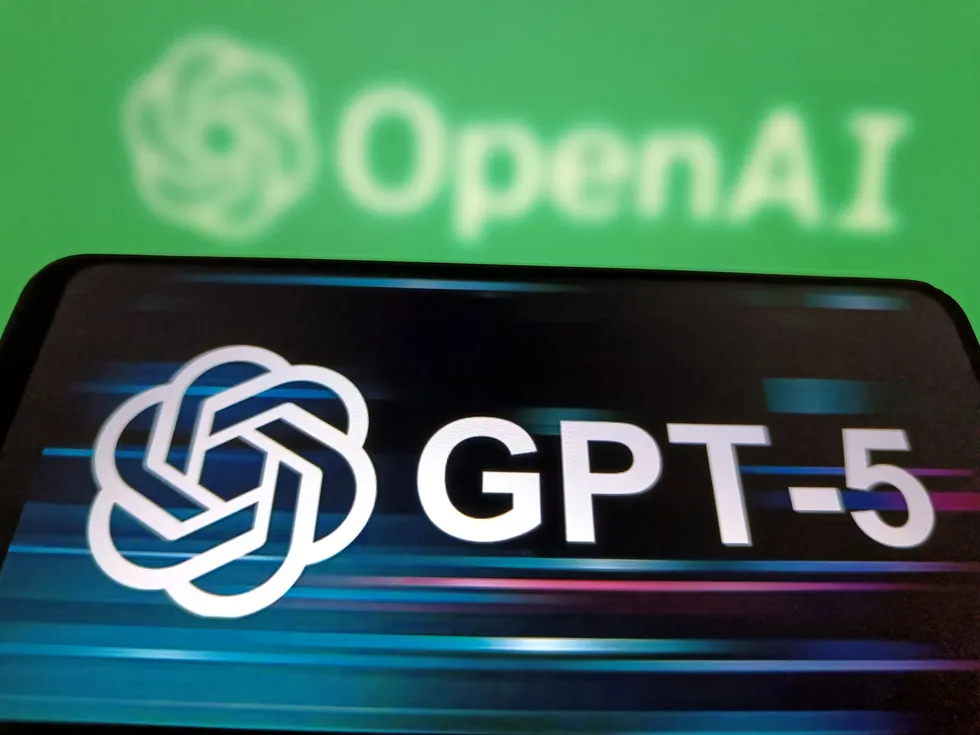
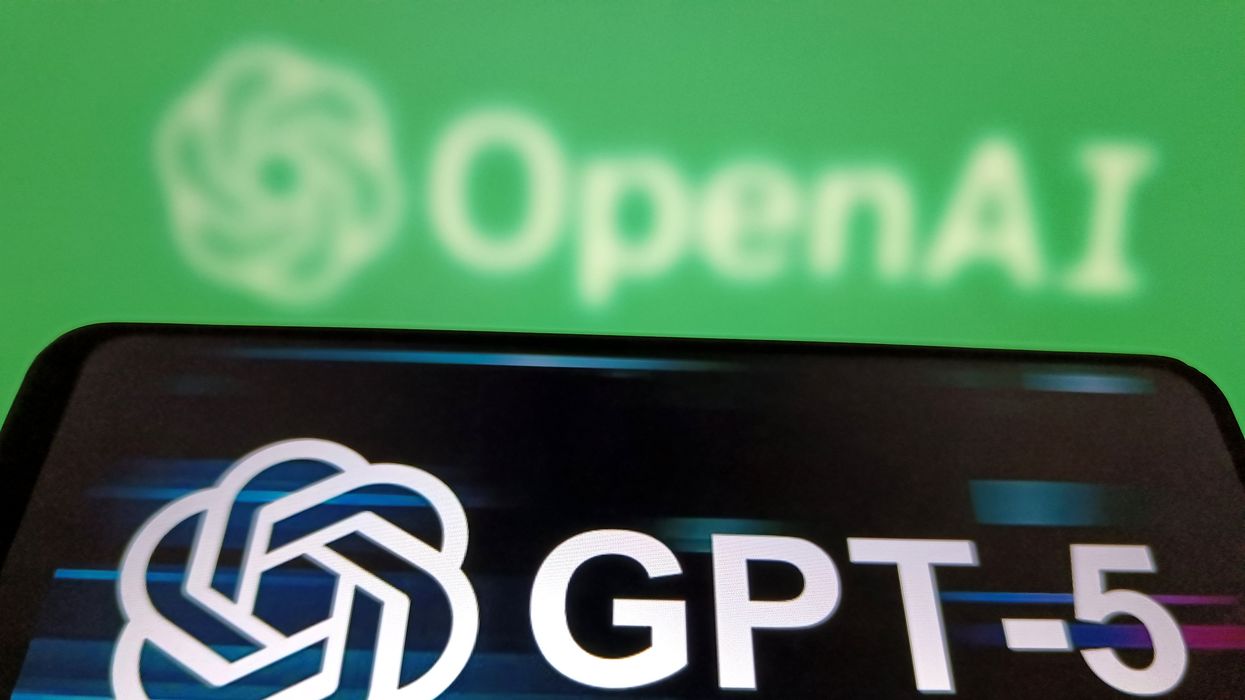
There is a quiet moment that precedes a sea change, the moment before a long-held secret becomes common knowledge. In the early 2020s, the most advanced artificial intelligence felt like a private language spoken only within the glass walls of a few corporate citadels. It was a kind of digital Latin, its syntax guarded by a technological priesthood. We, the public, were given translations through polished interfaces, clean API calls that delivered answers like pronouncements from an oracle, their inner workings a mystery. There was power in the control of access.
Live Your Best Retirement
Fun • Funds • Fitness • Freedom
Now, the walls are being dismantled, not by force but by a deliberate act. The source code of many new AI models, along with the weights that define their functioning, are being posted on the internet for anyone to download. Power once consolidated is being atomized, shifted from the hushed cathedral of proprietary knowledge to the noisy and chaotic bazaar of open access. The central question is no longer what these models can do, but who gets to control them now.
What these open models offer is not just access but agency.
This change did not begin in a vacuum. The impulse is a familiar one in the history of knowledge. It echoes the 17th-century pivot to open science, when the Royal Society championed the sharing of discoveries over the alchemist’s secrecy, arguing that progress accelerates when methods are laid bare for verification and extension. It carries the DNA of the open-source software movement, which proved that a sprawling, decentralized community of volunteers could build something as robust and essential as Linux, an operating system that quietly came to run the world’s servers, eclipsing the proprietary systems of its time. AI may now be approaching a “Linux moment,” the inflection point where open, collaborative development overtakes the closed, top-down model.
Consider the artifacts of this new age. In August 2025, OpenAI, a name once synonymous with the most advanced and secretive models, released two of its own, fully open. One, a 117-billion-parameter model called gpt-oss-120b, was engineered with such efficiency that it could run on a single high-end GPU, hardware one might find in a design studio or a gamer’s bedroom. Suddenly, a lone developer standing at his desk could run sophisticated, near-frontier-level tasks, untethered from the cloud. The oracle could now live at home. The second, a 21-billion parameter model called gpt-oss-20b, could run on a high-end MacBook, easily carried around in one hand. This was a deliberate distribution of power, an acknowledgment that centralized control had already begun to fray.
It was a necessary acknowledgment, because others were already forging ahead. A lean startup called DeepSeek, for a fraction of the cost of its corporate rivals, released a model in May 2025 that could rival the giants on mathematical and coding benchmarks. A university lab, previously priced out of using top-tier AI for its research, could now download a tool that approached the reasoning power of a GPT-4, fine-tune it on its own private data, and scrutinize its every logical step. The model’s “chain of thought,” kept secret in proprietary models, was now just text on a screen, visible for analysis.
RELATED: How AI is silently undermining Christianity from within
 Photo by Nurphoto/Getty Images
Photo by Nurphoto/Getty Images
From China, the technology giant Alibaba released its top-tier Qwen3 open-weight models in July 2025. A European hospital, wary of sending sensitive patient data to American servers, could deploy a powerful AI assistant entirely on its own premises, customizing it with local medical jargon. The fact that a Chinese open model could be used by Westerners to declare their independence from American tech companies scrambles the usual narrative of geopolitical competition.
What these open models offer is not just access but agency. To run a model locally is to be able to audit it, to probe its biases, to understand its failure modes. When researchers download an open model and find it produces an undesired behavior, they can often trace the behavior back to the data it was trained on. The model becomes a window into the vast, messy archive of human text it ingested, and we are all invited to look. A closed model is a mirror with a sheet over it: We see only the polished reflection the company wishes to present. The desire for transparency reflects a distrust of black boxes, whether they are dictating credit scores, prison sentences, or the news we read.
Of course, this distribution of power is not without its own anxieties. When a tool is available to everyone, responsibility becomes diffuse, a collective burden. The old defense of the cathedral was safety, the idea that only the priestly class could be trusted with such magic. The argument of the bazaar is that true safety comes from collective scrutiny, from a balance of power where the many can check the ambitions of the few. It is a bet on the self-correcting nature of a community over the presumed benevolence of a corporation.
We are at the beginning of a tectonic shift in our relationship with knowledge and creation. These models, built from the public commons of the internet, are being returned to it. The boundaries between the human creator and the machine collaborator are blurring, as individuals are now free to mold and fine-tune their own private muses, their own specialized assistants. The very meaning of intellectual labor is up for negotiation. The new vernacular of AI is being written, not by a single authority, but by a global, uncoordinated, and ceaseless collaboration. The results will be remarkable, unsettling, and more distinctly our own.
Originally Published at Daily Wire, Daily Signal, or The Blaze
What's Your Reaction?
 Like
0
Like
0
 Dislike
0
Dislike
0
 Love
0
Love
0
 Funny
0
Funny
0
 Angry
0
Angry
0
 Sad
0
Sad
0
 Wow
0
Wow
0

